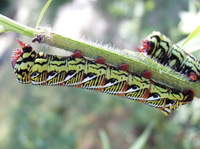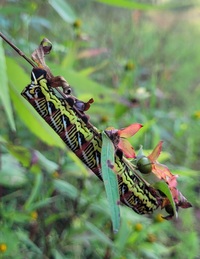
| Recorded by: Andrew W. Jones on 2025-09-23
Polk Co.
Comment: | 
| Recorded by: Andrew W. Jones on 2025-09-23
Polk Co.
Comment: |

| Recorded by: R. Newman on 2025-09-22
Carteret Co.
Comment: | 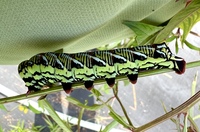
| Recorded by: Stephen Dunn on 2025-09-15
Chatham Co.
Comment: |

| Recorded by: Stephen Dunn on 2025-09-15
Chatham Co.
Comment: | 
| Recorded by: Andrew W. Jones on 2024-10-14
Polk Co.
Comment: Two individuals were observed feeding on Ludwigia alternifolia. |

| Recorded by: Andrew W. Jones on 2024-10-14
Polk Co.
Comment: | 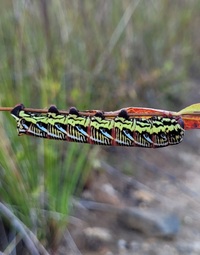
| Recorded by: Andrew W. Jones on 2023-10-18
Polk Co.
Comment: Feeding on Ludwigia alternifolia |

| Recorded by: Stephen Dunn on 2023-09-19
Orange Co.
Comment: | 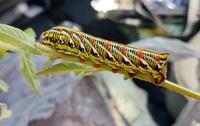
| Recorded by: Mark Basinger on 2023-09-18
Wilson Co.
Comment: Feeding on Ludwigia leptocarpa |
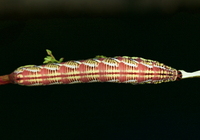
| Recorded by: Jim Petranka, Becky Elkin, Steve Hall, Todd Pusser, Bo Sullivan and Carol Tingley on 2022-09-27
Richmond Co.
Comment: | 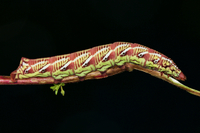
| Recorded by: Jim Petranka, Becky Elkin, Steve Hall, Todd Pusser, Bo Sullivan and Carol Tingley on 2022-09-27
Richmond Co.
Comment: |
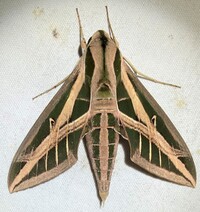
| Recorded by: Dean Furbish on 2022-09-09
Wake Co.
Comment: | 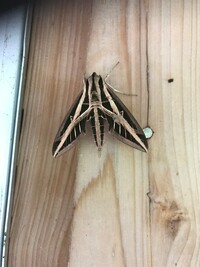
| Recorded by: Harry LeGrand and Ed Corey on 2022-09-07
Orange Co.
Comment: |
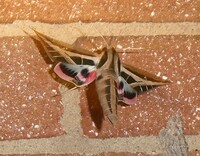
| Recorded by: Simpson Eason on 2022-08-25
Durham Co.
Comment: | 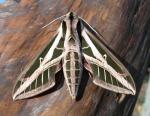
| Recorded by: R. Newman on 2021-11-10
Carteret Co.
Comment: |
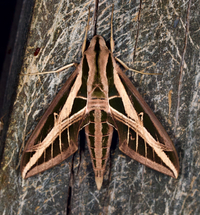
| Recorded by: Jim Petranka and Bo Sullivan on 2021-08-09
Moore Co.
Comment: | 
| Recorded by: Nicholas Caira on 2020-10-09
Chatham Co.
Comment: |

| Recorded by: Simpson Eason on 2020-09-11
Wake Co.
Comment: | 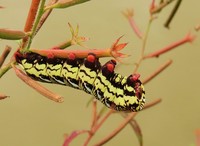
| Recorded by: Jeff Beane on 2019-10-19
Richmond Co.
Comment: Many (probably 10+) larvae feeding on Ludwig. |
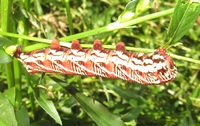
| Recorded by: Brian Bockhahn on 2019-10-03
Wake Co.
Comment: | 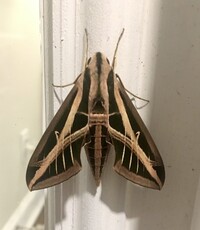
| Recorded by: Chris Helms on 2019-08-19
New Hanover Co.
Comment: |
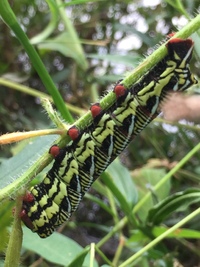
| Recorded by: David George on 2018-09-20
Durham Co.
Comment: | 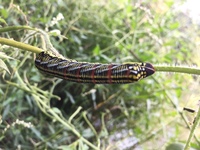
| Recorded by: David George on 2018-09-20
Durham Co.
Comment: |
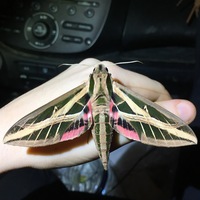
| Recorded by: Alicia Ballard and Ali Iyoob on 2018-08-18
Moore Co.
Comment: | 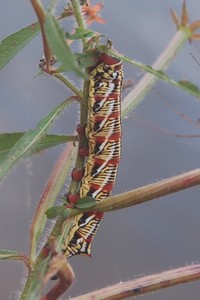
| Recorded by: Tracy S. Feldman on 2017-09-20
Scotland Co.
Comment: |

| Recorded by: Chris Jantzen on 2017-09-15
Pitt Co.
Comment: | 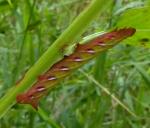
| Recorded by: F. Williams, S. Williams on 2016-09-18
Gates Co.
Comment: |
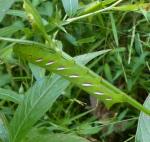
| Recorded by: F. Williams, S. Williams on 2016-09-18
Gates Co.
Comment: | 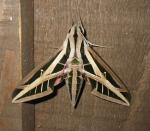
| Recorded by: j.wyche on 2016-08-31
Gates Co.
Comment: |
|

 »
»
